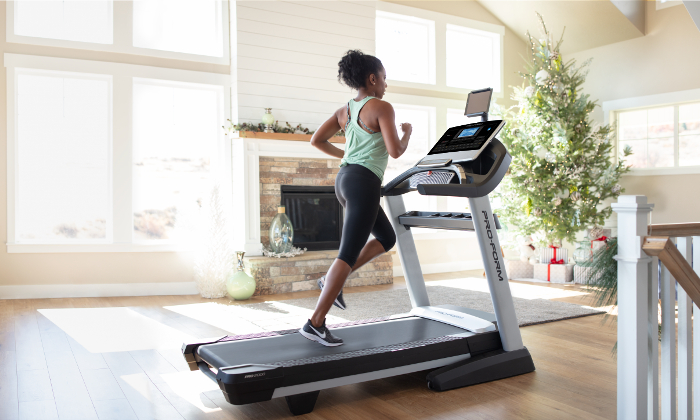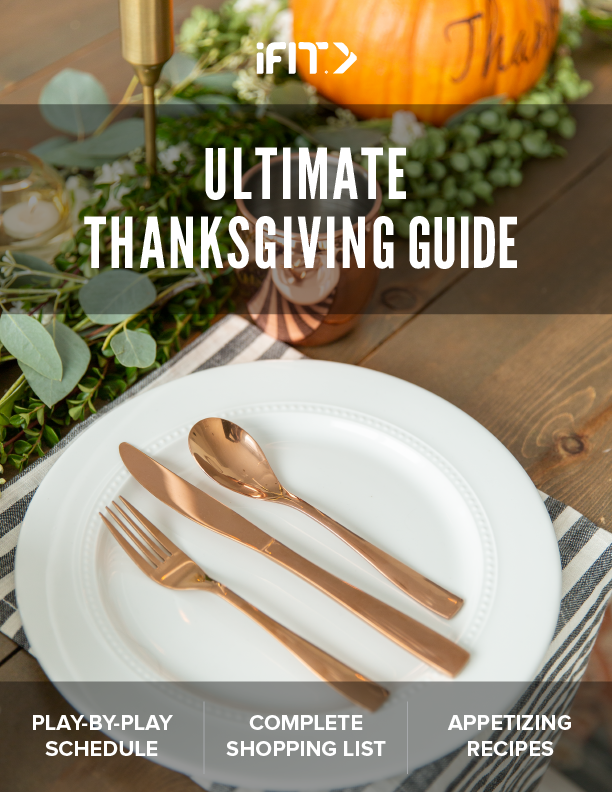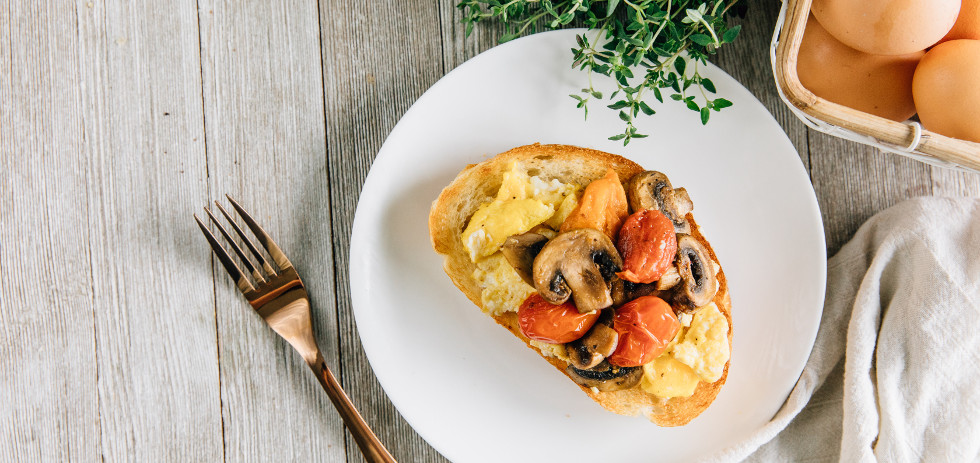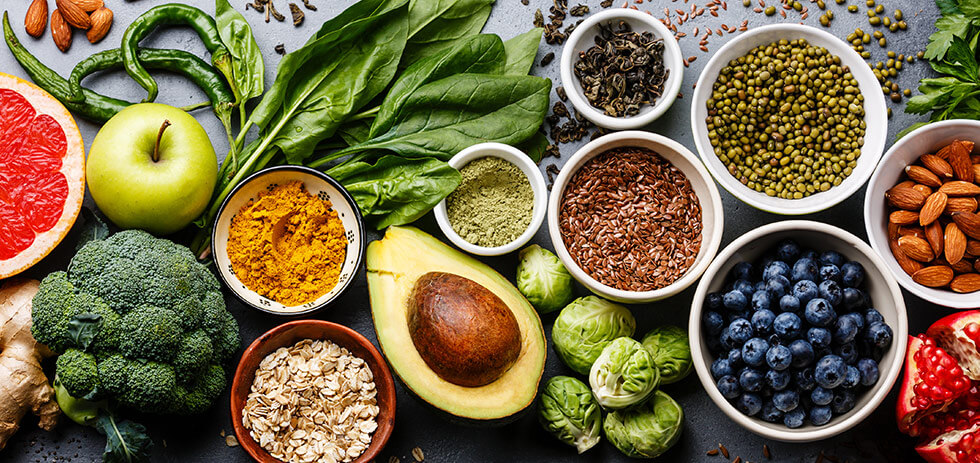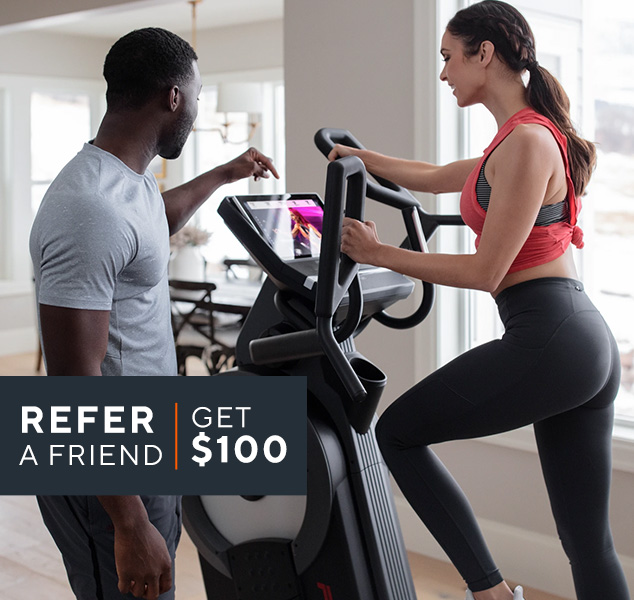Thanksgiving Dinner By The Calories
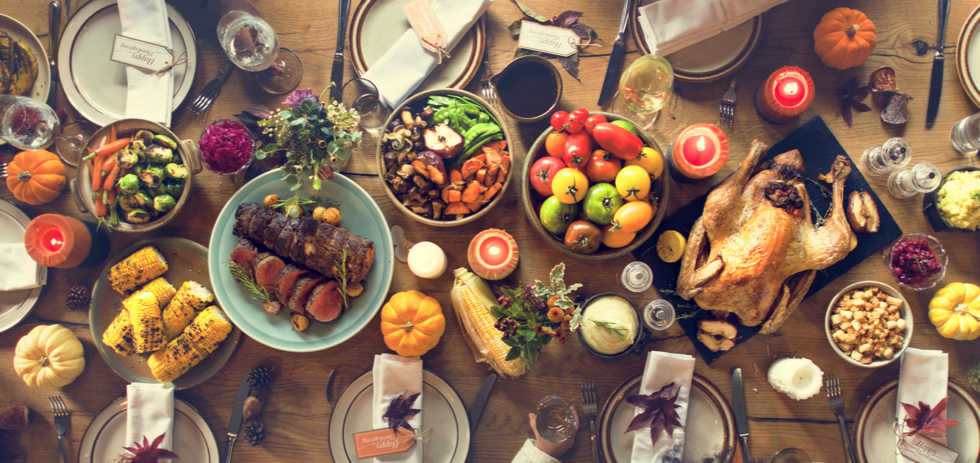
UPDATED, November 23, 2020
The upcoming holiday season is a good time to focus on a high-quality diet plan while incorporating a workout routine. Although many of our favorite foods are available during Thanksgiving and the days following the holiday, you want to prepare in advance by understanding the calories of each part of your meal and breaking down your leftovers into categories for an effective process of keeping off the extra pounds this season, and focus on improving your health.A Calorie Breakdown Of The Average Thanksgiving Dinner
The average Thanksgiving dinner depends on the traditions within your family; however, it is likely you will have turkey, potatoes, and other basic holiday favorites that are traditionally served during this holiday. On average, most individuals eat as much as 3,000 calories during Thanksgiving dinner, as well as additional calories eating appetizers and desserts before or after the meal.
The exact number of calories in each serving on your plate depends on the foods you eat, but you should expect extra calories to come from the rich foods like ham when compared to the traditionally low-calorie foods like light meat turkey or turnip greens.
Evaluate the foods in your home over Thanksgiving and focus on eating foods with a lower calorie content. When you add the beverages, snacks, and desserts into your Thanksgiving meal, you may end up eating more than you anticipated.
For Thanksgiving recipe ideas, iFit® has created a Thanksgiving Guide for you to follow, so you can still enjoy all the holiday’s goodies while not breaking your calorie bank.
Increase Workout Intensity Or Duration To Get Rid Of Those Extra Calories
Eating more calories during the holidays requires a plan of action to break down and burn the extra calorie intake. As a general rule, you need to burn 1,000 calories during a workout in order to lose about 1 to 2 pounds a week.
With high-intensity exercise, you can burn these holiday calories faster when compared to a low-intensity workout. It could be running on your treadmill, riding a bike, or lifting weights. The goal is quick and efficient movements without taking long periods of rest during the workout.
If you follow a moderate- or low-intensity exercise routine and want to burn off those extra holiday pounds, then you may need to dedicate more time to working out. If you eat fewer calories during your Thanksgiving meal, then you may not need to workout as intensely as you would have if you consumed more. The amount of exercise you need depends on your specific holiday plans, the foods available during your Thanksgiving meal, and your specific calorie goals.
Keep in mind that each person’s body is different, so one individual may need or prefer a more intense workout than someone else to burn the same number of calories. Focus on your own limitations and goals. It’s a good idea to consult a medical professional about your health and fitness goals prior to trying something new, then create a fitness plan from there.
Work Out In The Morning For A Thanksgiving Post-Workout Meal
Before starting your day on Thanksgiving, consider your workout plans. A simple way to stay on track and keep your body as healthy and functioning as normal as possible is to start your day with exercise. Try and not wait until after eating in the afternoon or evening as this is normally the time of feeling sluggish after consuming such a rich meal. Instead, consider a morning workout routine that allows you to use the Thanksgiving meal as part of your post-workout plan.
Take advantage of high-quality foods, like turkey and roasted vegetables, as part of your post-workout plan. When you complete a workout routine, your body needs protein and healthy nutrients to feed your muscles and begin the recovery process. A meal plan that focuses on helping your body recover after exercise allows you to make healthier choices during the meal.
Consider your goals for recovery. Focus on the foods and nutrients you want to include in your post-workout meal plan before you start putting food on your plate. Select the foods with a high rate of the nutrients you want in your post-workout meal.
Healthy Leftovers Vs. Unhealthy Leftovers From Thanksgiving
Leftovers may be part of your Thanksgiving tradition and allows you to enjoy your favorite foods for a few days. The key challenges to maintaining and even losing weight during the holiday season is identifying the healthy leftovers and the unhealthy leftovers, so you can make healthy choices.
Healthy leftovers include:
- Turkey
- Roasted vegetables, including potatoes
- Mashed potatoes, considering butter and sour cream in moderation
- Braised greens
- Fresh and raw fruits or vegetables, such as a green salad
Healthy leftovers have a reasonable amount of calories in each serving. You can also enjoy whole grain foods, such as rice or whole grain bread, considering your health plan.
Unhealthy leftovers after Thanksgiving that can set back your weight loss goals include:
- Cranberry sauce
- Any desserts, like pies, cheesecake, or other sweets
- Stuffing, particularly bread stuffing
- White rolls or other white breads
- Potato salads, particularly if it contains ingredients with a high fat and sugar content
- Any salad with large amounts of dressing, added sugar, or similar additions
Conclusion
Try to limit unhealthy leftovers from your Thanksgiving meal to avoid any complications and hardships with your diet plan. High-calorie and sugary leftovers increase weight gain and require more effort and time working out to burn off those extra holiday calories.
So, take your time this Thanksgiving to enjoy quality time with your loved ones and keep your health goals in mind. Because the better you feel leads to more time and energy you will have to be with your family and friends to enjoy all that Thanksgiving brings!
DISCLAIMER: This blog post is not intended to replace the advice of a medical professional. The above information should not be used to diagnose, treat, or prevent any disease or medical condition. Please consult your doctor before making any changes to your diet, sleep methods, daily activity, or fitness routine. ProForm assumes no responsibility for any personal injury or damage sustained by any recommendations, opinions, or advice given in this article. Always follow the safety precautions included in the owner’s manual of your fitness equipment.
Sources:
https://www.mayoclinic.org/healthy-lifestyle/weight-loss/in-depth/calories/art-20048065
https://caloriecontrol.org/popular-holiday-dishes/
https://livehealthy.chron.com/weight-loss-foods-ham-vs-turkey-2672.html
https://www.proform.com/blog/ifit-community-support-motivation-home-workouts/
https://www.ifit.com/blog/ultimate-thanksgiving-guide
https://www.mayoclinic.org/healthy-lifestyle/weight-loss/in-depth/calories/art-20048065
https://www.ncbi.nlm.nih.gov/pubmed/25162652
https://www.proform.com/blog/hiit-workout-to-do-on-your-treadmill/
https://www.proform.com/blog/burn-belly-fat-exercise-bike/
https://www.proform.com/blog/cardio-hiit-workout-costa-rica-with-ifit/
https://www.proform.com/blog/recovery-advice-from-ifit-trainer-john-peel/
